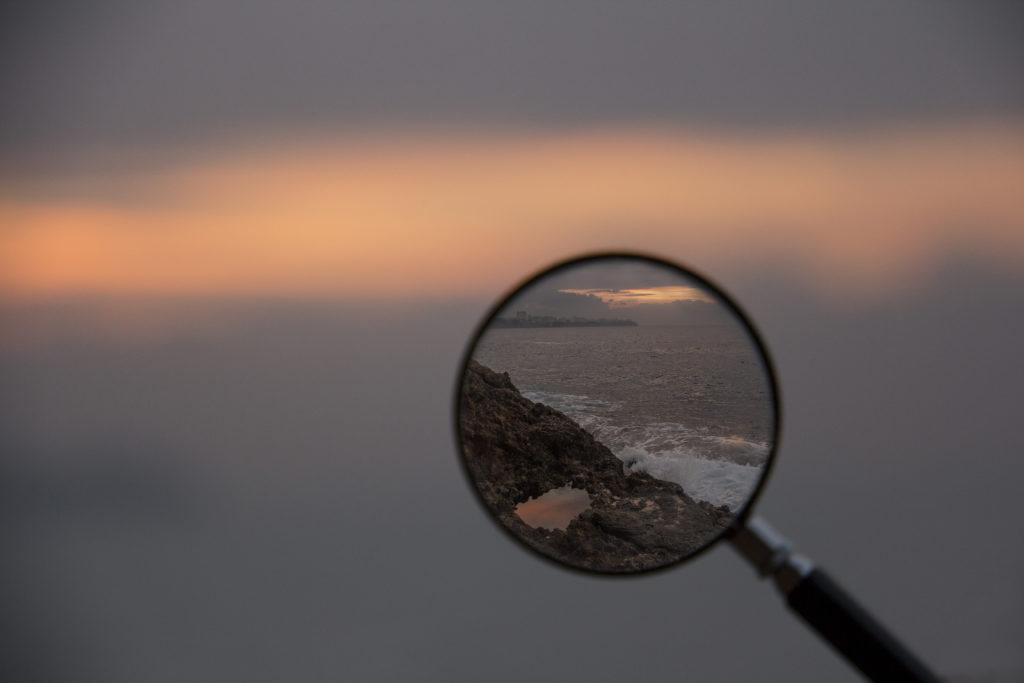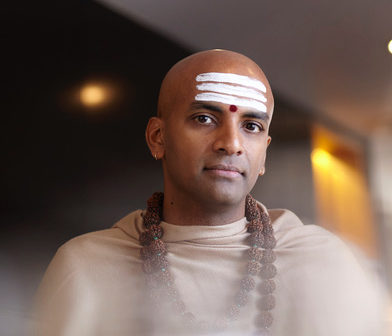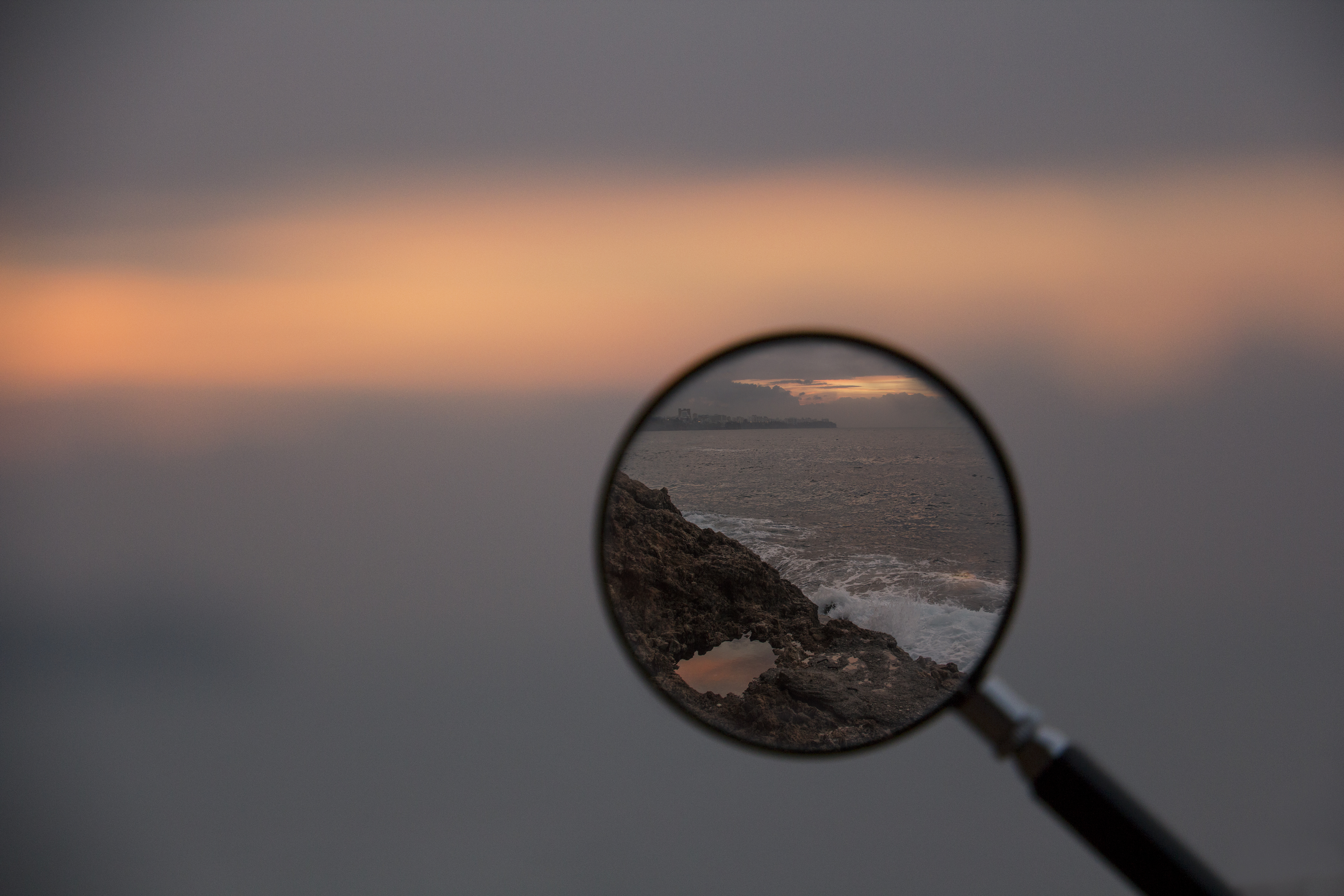
The concept of “practicing mindfulness” has grown in popularity in the last decade. Mindfulness for kids, mindfulness to quit smoking, mindful eating, mindfulness at the office—it’s become a catch-all buzzword.
With claims that mindfulness can cure everything from addiction to anxiety, it’s no surprise that people from all walks of life are becoming students of mindfulness.
To unpack the truth about mindfulness, Octane revisited a conversation with Dandapani (pictured below), a former monk, a Hindu priest, an entrepreneur and one of EO’s top-rated speakers.
 Mindfulness is a state of being.
Mindfulness is a state of being.
“We should start by defining the word ‘mindfulness,’” says Dandapani. “I define it as a state of being fully aware of what one is engaged in at any particular moment. The biggest misconception is that you can practice mindfulness. It is not something you practice, but rather something you are as a result of practicing concentration.”
But first, concentration.
And while many of us have been told by parents, teachers and even partners to “concentrate!” Dandapani observes that few of us have been taught how to concentrate.
“To be good at concentration we must first learn it and then practice it. One simple way to integrate the practice of concentration into your daily life is to practice doing one thing at a time.” Simply put, “Give what and with whom you are engaged your undivided attention.”
How to treat a wandering mind
If you’re like many business owners and entrepreneurs, you’re likely wondering how you could possibly give your undivided attention to anything or anyone. You’re incredibly busy; your mind is always multi-tasking. You regularly find yourself replying to an email on your phone as you sit in a staff meeting while your mind wanders to a conversation you had with your spouse about vacation plans.
Dandapani recognizes this tendency, observing, “If you are a person whose awareness races through the mind all day, then your energy is also flowing all over the place. Most entrepreneurs allow this to happen and perpetuate this habit by practicing it all day.”
To remedy the constant distractions, he shares a story from his days as a monk. “When I lived as a monk, my guru taught me a phrase he coined: ‘Where awareness goes, energy flows.’ It’s probably one of the most important things I’ve learned. First, we have to learn that awareness and the mind are two separate things. Second, our mind does not wander; our awareness moves within the mind.”
If you realize that life is a manifestation of where you direct your energy—your awareness, your concentration—then that one thing starts to manifest in your life.
“Life is a manifestation of where you direct your energy. When you can concentrate your awareness toward one thing, you begin to direct your energy toward it, and that one thing starts to manifest in your life.”
Dandapani is one of many world-class speakers and educators available to EO members. Learn more about EO and its opportunities for learning.
Invest in yourself
When you accept that your valuable energy flows to where you concentrate, you’re empowered to enhance all aspects of your life—whether it’s your personal relationships or your leadership skills.
Dandapani explains, “When I speak to people, I ask them to look at their mind and personal life as a piece of software; the better you understand it, the more you can do with it. However, it is staggering how people hardly invest time into understanding and developing this. You are at the center of everything you do in life. So, if you worked on being a better version of you, everything you are involved in will naturally be uplifted.”
Monks have understood this for a long time. “They’ve realized that the greatest way to have an impact in the world is to start by working on yourself. That’s an important step toward mindfulness, both in business and life.”
In practice
After taking part in a Dandapani event sponsored by her EO chapter, Lallenia Birge says her top takeaway “was that our awareness is different than our brain or mind. We are in control of our energy and who or what we give that energy to.”
EO member Stephen Lichter learned a similar lesson from the talk. “Whatever we practice is what we become experts at. By learning to bring our awareness back to those things which are most important in our life, we will be more productive and we will be giving our energy to those things that matter the most.”
Dandapani’s talk also taught Birge a valuable parenting lesson. “He taught me how to share the gift of awareness and the gift of learning to my children. It’s amazing how we are told to concentrate and to learn but no one ever teaches us how to. How do we expect our children to learn and concentrate if they don’t know how the brain works?”
She goes on to say, “Dandapani had a way of engaging us that really made me personally reevaluate my goals and my purpose in life in a way I’ve never done or learned before from anywhere else.”
From mindful to mastering
Dandapani firmly believes you can attain the life you desire, using a free and readily available tool: your mind. Understanding how your mind works and guiding it to focus on what matters most can lead you to make sustainable changes in your life.
Categories: Coaching general Inspirational


I would usually skip an article titled “the truth about” and especially something like mindfulness. Something caught my attention. This is a clear introduction to mindfulness and in itself it could help a lot of people. One thing I’d add is that in a company of size with safety concerns would benefit by promoting mindfulness training with the employees — in the end, safety is mostly an awareness issue.